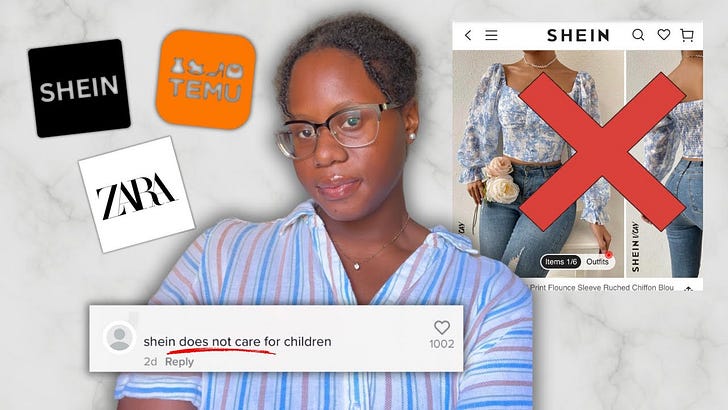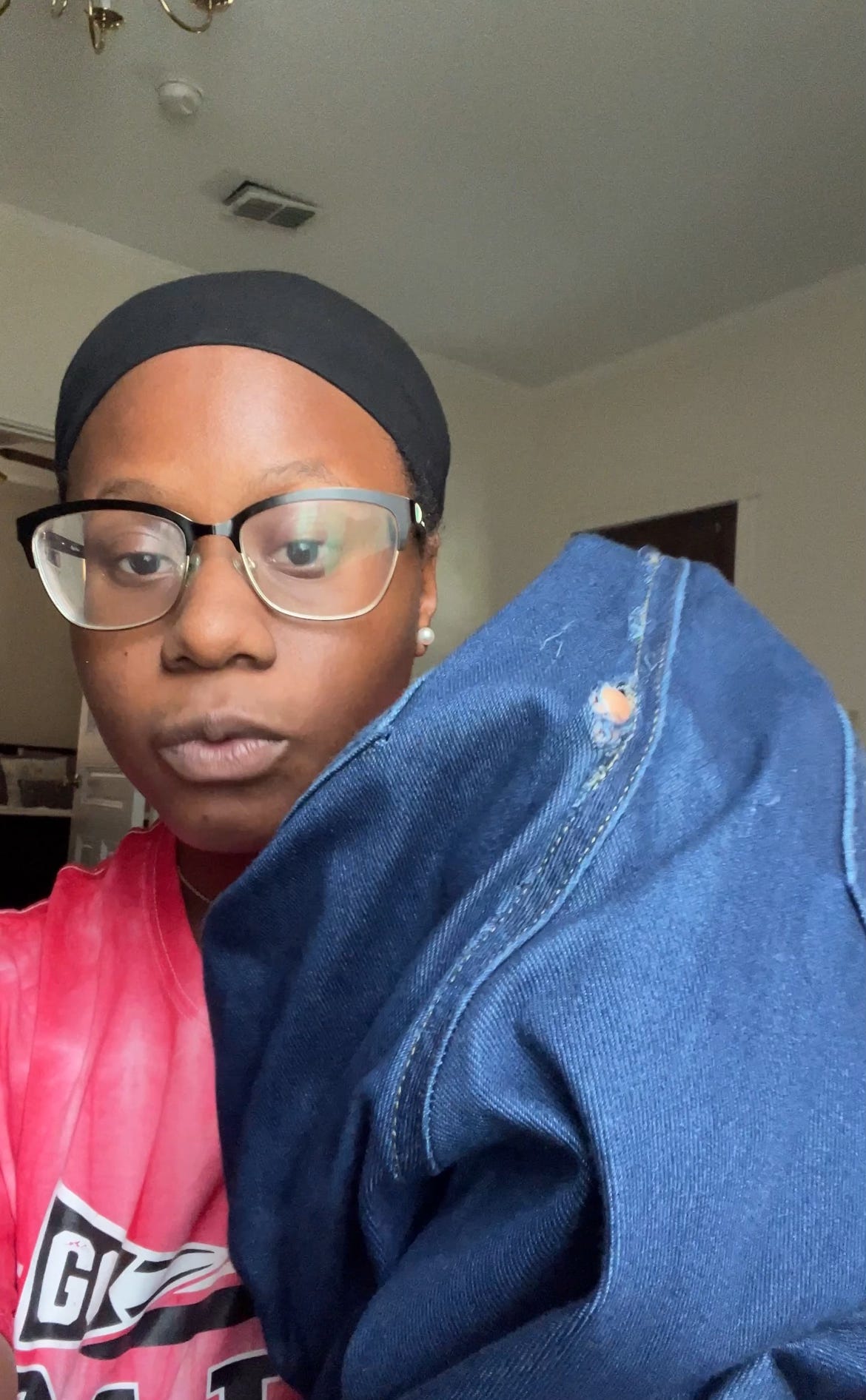Beginner’s Guide to Sustainability: Swapping Fast Fashion for Sustainable Clothes
Hey✨ If you're new here, welcome! If you've been here a while, welcome back friend💗
Today, I want to talk about why sustainable fashion matters and why fast fashion ISN'T the answer. Let me start with a personal story. In January, I bought a pair of pants from Walmart. I needed them immediately for an upcoming trip and wanted to test Walmart's pants' durability.
The experiment failed MASSIVELY because, over this past weekend, they ripped while I was out in public! Talk about EMBARRISING😭. Luckily, I don't think anyone saw it.
However, on the other hand, some high quality jeans I thrifted two years ago are still in great condition. This got me thinking about the bigger picture!
Why Fast Fashion Isn’t Sustainable
Fast fashion is cheap, but it comes at a high cost. Here’s why:
Resource Consumption: It takes a lot of water and energy to produce clothes. For example, cotton cultivation is water-intensive, and dyeing processes release harmful chemicals into waterways.
Short Lifespan: Fast fashion items are often poorly made, so they break or tear easily. This means you end up throwing them away, contributing to landfill waste.
Carbon Emissions: The fashion industry is a major contributor to global carbon emissions, with synthetic fibers like polyester relying heavily on fossil fuels.
Why Sustainable Fashion is Worth It
Yes, sustainable fashion can be expensive, but it’s an investment. Here’s why:
Durability: Sustainable clothing lasts longer, so you don’t have to keep replacing it. Would you rather buy a cheap pair of jeans every three months or one pair that lasts years?
Ethical Practices: Sustainable brands often ensure fair wages and safe working conditions for their workers.
Environmental Impact: These brands use eco-friendly materials and processes, reducing their carbon footprint.
How to Identify Sustainable Brands
If you’re not sure where to start? Here’s a quick guide:
Check Their Mission: Does the brand prioritize the environment and fair labor practices?
Look for Certifications: Certifications like Fairtrade, GOTS, and OEKO-TEX are good indicators of sustainability.
Research Their Practices: Do they use sustainable materials? Are they transparent about their supply chain?
Thrifting: Your Bestie
Thrift stores are a goldmine for sustainable fashion. You can find high-quality, eco-friendly brands at a fraction of the price. Plus, thrifting reduces waste by giving clothes a second life.
My Recommendations
If you’re ready to make the switch, here are two small brands I recommend:
LIILA: Stylish and sustainable.
Livelihood: They donate 25% of their profits to restore native habitats in urban areas.
What If You Can’t Afford Sustainable Fashion?
That’s okay! Start by wearing and styling the clothes you already have. You can also upcycle old items—turn pants into shirts, shirts into skirts, and so on.
Let’s Spread Awareness
The more we talk about the environmental and social impacts of fast fashion, the more people will see sustainable fashion as a better solution. I’ve created a FREE Sustainable Swap Guide with clickable links to affordable sustainable brands (many under $100!) and discount codes. You can also check out my Instagram, TikTok, and YouTube for more resources.
This month on my YouTube channel, I’m doing a series on overconsumption. Influencers have a huge impact—imagine if they promoted sustainable brands instead of fast fashion! If you want to learn more about fast fashion, checkout the video below.
Next Steps
Let’s work together to create a world where sustainability is the norm, not the exception. Every small step counts, and your choices matter.
Ready to make the swap? Download my FREE Sustainable Swap Guide today and start your journey toward a more ethical wardrobe.
Thanks for reading! Countinue drinking the kale juice,
Zenee





